

USB có thể sạc lại và mini xách tay điện máy xay sinh tố Máy ép trái cây xách tay sáu Lưỡi máy ép trái cây



Bpafree Lớn Tầm Cỡ Chuyên Nghiệp Toàn Bộ Trái Cây Rau Nước Trái Cây Chậm Lạnh Báo Chí Máy Ép Trái Cây Trái Cây Rau Nước Trái Cây Chậm Lạnh Báo Chí Máy Ép Trái Cây


Đường Trái Cây Phân Loại Và Phát Hiện Cụ Chọn Lọc Máy Trọng Lượng Phân Loại Máy Màu Trái Cây Phân Loại Máy


Hot bán 300ml Mini Trái cây Mixer cup Máy ép trái cây chai USB có thể sạc lại xách tay máy xay sinh tố



Máy Ép Trái Cây Và Rau Quả Thương Mại Máy Ép Trái Cây Cho Nhà Hàng Trà Sữa Cửa Hàng Khách Sạn Gia Đình
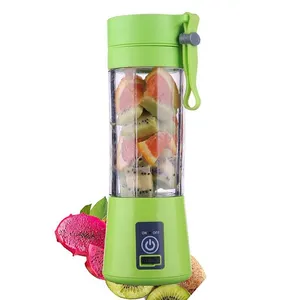


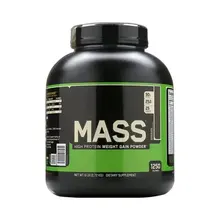




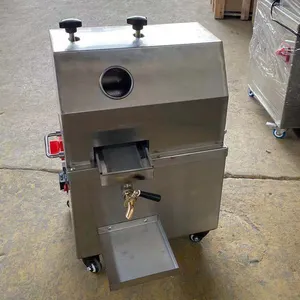

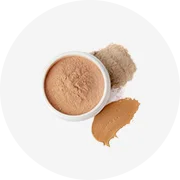
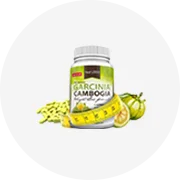












 浙公网安备 33010002000092号
浙公网安备 33010002000092号 浙B2-20120091-4
浙B2-20120091-4